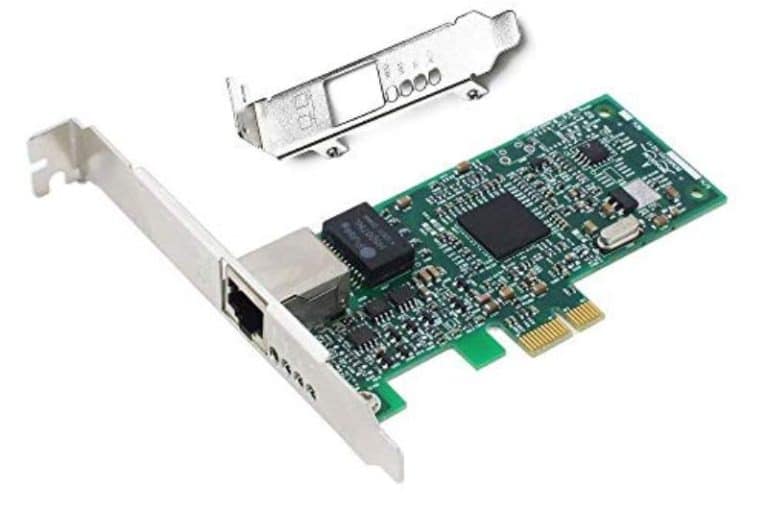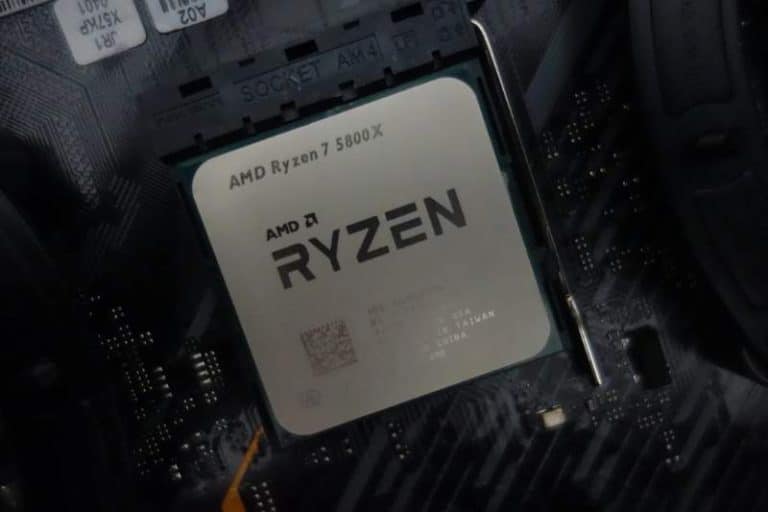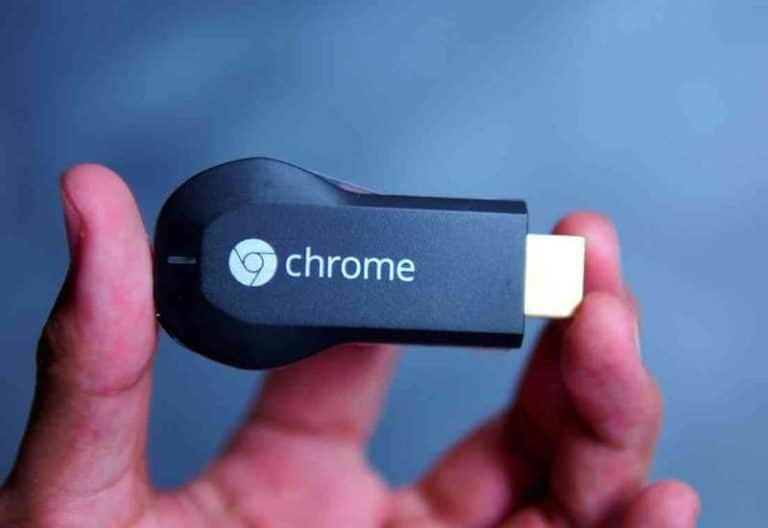3 Ways to Remove Residual Files after Uninstalling Software on Windows

The first step to release space and get rid of the application on Windows is uninstalled them. However, it is worth noting that the uninstallation program does not eliminate all its traces. Application data, cache, registry data, etc. can be left behind. To help you, we list three methods to remove residual files after uninstalling the software on Windows.
All these methods are simple and can help you release a lot of space, especially if you never deleted these software files before. In addition, we have added a way to help you completely uninstall the program at a time. Let’s start.
Remove Residual Files
DELETE REGISTRY KEYS
The registry key is the database of information, which is essential to the function of the program. The registry key of the application involves the entire configuration and installation data, such as your product key, custom installation settings, etc. Delete the registry button to delete its remaining trajectory.
However, you need to be careful when you continue to delete the registry key. Make sure you know the uninstalled application that needs to delete its key, especially when multiple versions of the same application are installed.
To prevent any accident, if you delete the normal operation of the PC’s normal operation, we recommend that you back up the copy of the registry key.
Step 1: Open the Registry Editor app from the Start menu.
Now, the registry editor will have a list of all programs, even if it is uninstalled. Observe any folder of an unpacking application. As far as our case is concerned, we uninstalled Mozilla Firefox, but we saw a folder here.
Step 2: Right-click on the folder of the uninstalled app.
Step 3: Now, click on Delete.
Step 4: Click on Yes to confirm key delete.
In addition to the registry key, although the application is uninstalled, the application also keeps cache and other non -important data behind. These useless files are usually stored in temporary folders on Windows. Let’s see how to delete these contents in the next section.
DELETE TEMPORARY FOLDER
Although there are many ways to delete temporary files on Windows, we will show you the easiest to delete the remaining files that have been deleted. You will be surprised to see how many folders are.
Step 1: Open Run from the start menu.
Step 2: Type in ‘%temp%’ and hit OK.
Step 3: This will open up the temporary folder. Use Ctrl + A to select all the files.
Step 4: Now, right-click and select the delete option. They will now be moved to the recycle bin.
This is what needs to be done to delete temporary files. However, if you want to take a step further when you Remove Residual Files after uninstalling the software, you can check the Windows disk cleanup.
USE THE DISK CLEAN-UP TOOL The
Disk cleaning tool is a simple click tool to delete any unwanted file left on the system. This is the same gradual process.
Step 1: Open up the Disk Clean-up app from the Start menu.
Step 2: Select the drive and click on OK.
Step 3: Check the box for Temporary files in the Disk Clean-up window. Now, click on OK.
Do not manually check any box other than a box, because Windows automatically selects any content that must be cleaned.
Step 4: Wait for the Disk Clean-up to delete the unwanted files.
In addition, you can also choose to clean up the system file to delete more files that do not need. That’s it:
Step 1: Launch Disk Clean-up and select ’Clean up system files’.
Step 2: Select the drive and click on OK.
Step 3: Wait for all the files to be removed.
How to Delete Residual Files and Registry Keys of uninstalled Program On Windows 11,10,8 and 7
Conclusion
With the above method, you can remove all residual files after uninstalling the software on Windows. However, if there is a way to uninstall the application and immediately delete all the traces of its traces? As described in this article, there is a way to do this. Read the next part of the article to understand how.
For more articles please visit www.lifestylebuz.com





